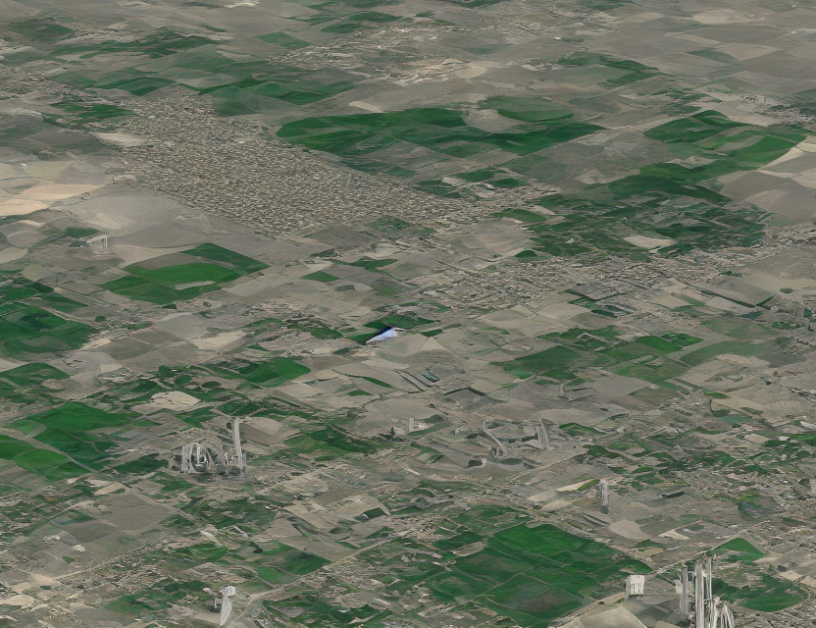Understanding Air Pollution Monitoring with Low-Cost Sensors
Air pollution is a serious problem that affects our health and environment, but traditional monitoring methods are expensive and not always available in developing countries. Recently, low-cost sensors have been developed to monitor air quality, making it possible to track pollutants like particulate matter (PM) in real-time. These sensors can be used in various environments, including urban and indoor areas, and provide high spatial and temporal resolution data.
The article discusses the potential of low-cost PM sensors in East African regions where air quality oversight is lacking. These sensors are becoming more widely available and offer an alternative to traditional monitoring methods. They are affordable, easy to use, and can provide accurate information on PM levels, which is essential for understanding air pollution trends and making informed decisions.
Metaphors or Analogies
Air pollution is like a thief in the night, stealing away our health without us even realizing it. Low-cost sensors are like superheroes, fighting against this thief by monitoring air quality and keeping us safe.
Low-cost sensors work like a radar system that detects PM levels in real-time. They can scan the environment quickly and accurately, providing vital information for making informed decisions.
Sections
- Introduction
Air pollution is a growing concern worldwide, and East Africa is no exception. Traditional monitoring methods are expensive and not always available in developing countries. Low-cost sensors offer an alternative to traditional monitoring methods, making it possible to track air quality in real-time. - How Low-Cost Sensors Work
Low-cost sensors work by measuring the amount of PM in the air. They use a technology called laser-induced fluorescence, which detects the unique light signature of PM particles. This information is then used to calculate the PM concentration in real-time. - Advantages of Low-Cost Sensors
Low-cost sensors are affordable and easy to use, making them accessible to a wide range of users. They can be deployed in various environments, including urban and indoor areas, and provide high spatial and temporal resolution data. This information is essential for understanding air pollution trends and making informed decisions. - Challenges and Limitations
While low-cost sensors offer many advantages, they also have some limitations. They may not be as accurate as traditional monitoring methods, and their readings can be affected by various factors such as temperature and humidity. Additionally, there may be issues with sensor calibration and maintenance. - Conclusion
Low-cost PM sensors offer a promising solution for air pollution monitoring in East Africa and other developing regions. They are affordable, easy to use, and can provide accurate information on PM levels in real-time. While there may be some limitations to their use, they offer an alternative to traditional monitoring methods and can help improve our understanding of air pollution trends. By using low-cost sensors, we can better address the problem of air pollution and protect our health and environment.



